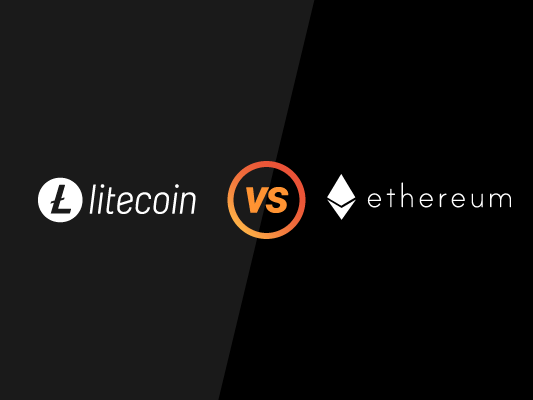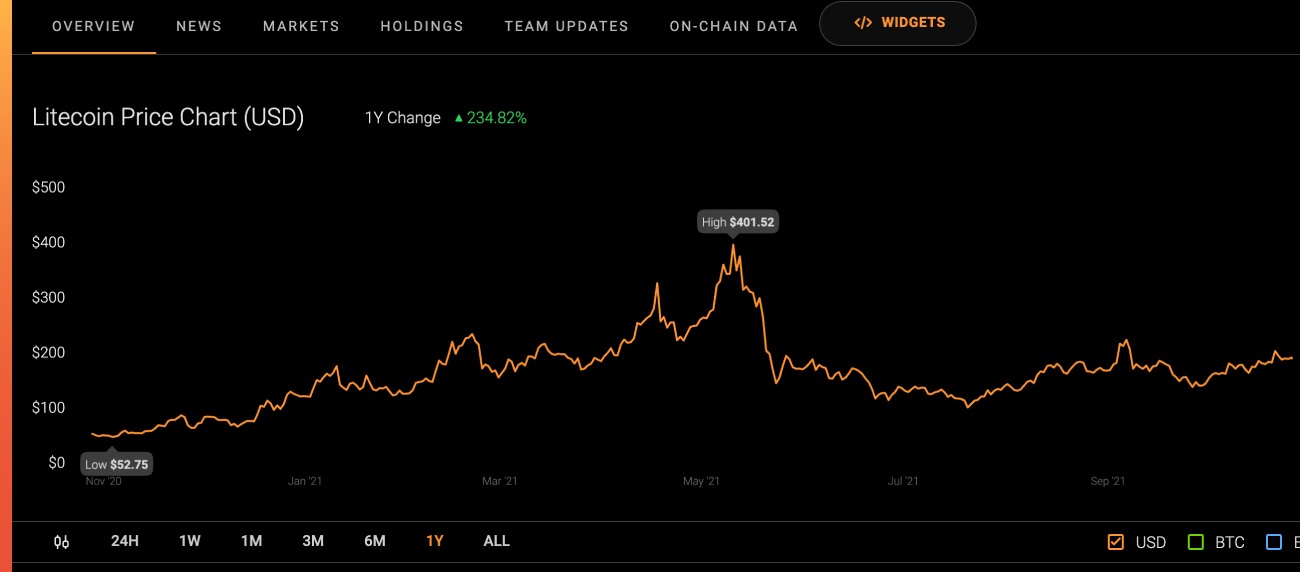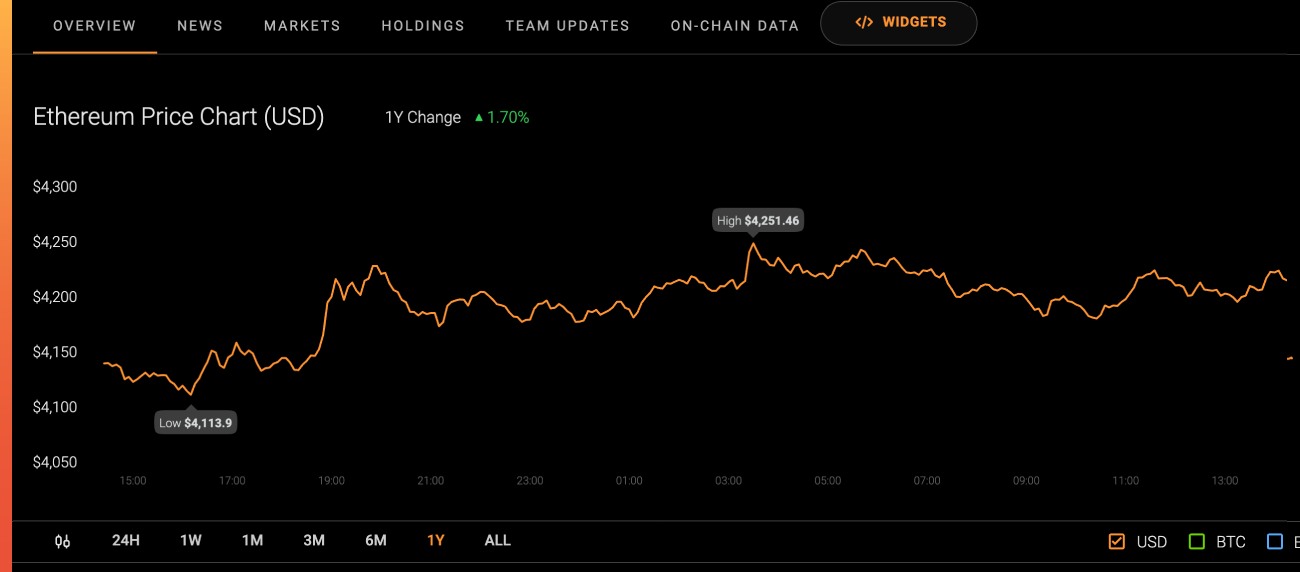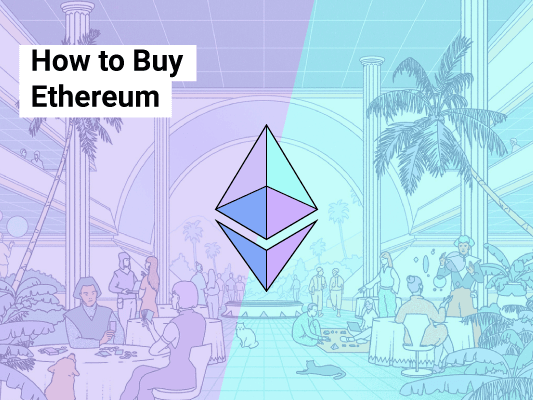
Litecoin vs Ethereum | Coin Comparison Review For 2023
Crypto is steadily on its way to becoming mainstream, so it is only natural that an increasing number of investors are looking to diversify their crypto portfolios or just learn more about various coins, platforms, and algorithms. In this Litecoin vs Ethereum analysis, we will go over what these cryptocurrencies are and how they work, delineate their main differences, and finally assess their respective values as an investment.
What’s in store for Litecoin and Ethereum and do they belong in your portfolio? Read on to find out.
What Is Litecoin: How It Works
Historic Overview
They say that if Bitcoin’s gold, Litecoin is digital silver. Litecoin emerged in 2011 as the first major Bitcoin fork: Google employee Charlie Lee wanted to accelerate Bitcoin’s block generation and change its consensus mechanism to something less taxing.
Since the majority of users did not agree to this change of protocol, Bitcoin and Litecoin “parted ways,” their paths “forked.” After some time Lee left Google to fully dedicate himself to Litecoin and gradually rose to prominence in the crypto community.
Technical Details
In technical terms, the main differences between Litecoin and its primary competitor Bitcoin are as follows:
- Litecoin uses Scrypt, a mining system built on the same algorithm Bitcoin uses, that however incorporates more automation in calculations and rejects the concept of progressively increasing complexity of operations. Thanks to this, Litecoin takes 2.5 minutes per transaction where Bitcoin takes 10.
- The total supply of Litecoin is over 66 million, while Bitcoin’s 21 million.
- Thanks to constant updates and security improvements, Litecoin is now said to be more efficient and secure than Bitcoin.
- Litecoin’s transaction fees are much lower than those of Bitcoin. Currently, where Litecoin charges around $0.01, Bitcoin charges $2.1.
Litecoin Price
What about Litecoin’s price? For a few years since its creation, it vacillated between 2 and 3 dollars. Then Litecoin hit its second bull market during the crypto market boom of 2017 and its price rapidly rose, and its price rapidly rose, reaching over $350 in December.

This is when Charlie Lee announced that he has sold all his Litecoins to avoid a “conflict of interest” and warned about the upcoming years of bull markets. This, of course, caused quite a stir and the price started dropping. Litecoin reached its all-time high of over $400 in May of 2021, only to abruptly drop back to the hundreds.
Litecoin’s Significance
The significance of Litecoin as the pioneer altcoin is hard to deny: The thousands of digital currencies, tokens, and algorithms that have since emerged all try to continue what Litecoin started: the process of endlessly improving, enriching, optimizing, and reinventing the landscape of decentralized finances. Indubitably, all the cryptocurrencies and non-fungible tokens that have emerged since have Litecoin as their “founding father.”
Having proved itself somewhat resilient in the face of bear markets, Ethereum offers a whole range of benefits, including increased speed and meager cost of transactions, reliability despite a high volume of transactions, as well as ATM and PayPal integrativeness.
What Is Ethereum: How It Works
Historic Overview
The second “contestant” of the Litecoin vs Ethereum debate is Ethereum. The world’s second largest cryptocurrency is hailed as one of the most important inventions in the world of digital currencies. Ethereum was launched in 2015. It was based on a paper written by Toronto programmer and businessman Vitalik Buterin, one of the project’s two original co-founders, where he described a network of computers (nodes) that create and come to an agreement regarding new blocks (transaction batches).
In essence, Ethereum is a permissionless open-source decentralized platform that introduced more complex financial transactions to the industry and opened up the possibility of humanity transitioning to a fully decentralized digital financial ecosystem in the future.
Technical Details
A key feature of Ethereum is smart contracts, where a piece of code replaces traditional legal contracts between buyers and sellers, cutting the middleman and the possibility of human error entirely.
Smart contracts are said to be the most essential and unique aspect of the platform. Creator Vitalik has claimed that he couldn’t even imagine what people would build with this functionality:
“Initially, I thought that Ethereum was a thing that would be used for people to write simple financial scripts. As it turns out, people are writing stuff like Augur on top of it.”

How does it work? Ethereum is currently based on Ethash, a proof-of-work algorithm where the network complexity is adjusted to generate a new block every twelve minutes. It has been announced that with the next update Ethereum will switch to proof-of-stake, where validators – users who have a certain amount of stake in ETH – are randomly chosen to create new blocks or validate other creators’ new blocks. This switch will not only massively reduce the energy costs of the mining process but also make Ethereum even more immune to centralization.
Ethereum Price
Ethereum’s price has been more or less steadily rising from around $100 since January of 2019. Following the recent crypto market boom, the price is now over $3400. The market capitalization is over $402 billion, second only to Bitcoin with its market cap over $876 billion.
Ethereum’s Significance
Some have argued that Ethereum is even more important than Bitcoin, that it is the Ethereum platform, with its smart contracts and decentralized applications, that has come to define the future of cryptocurrencies. Indeed the platform, giving us the ability to process transactions that are increasingly complex and inventive, promises to provide a viable alternative to traditional financial institutions.
Ethereum is by no means just another digital currency. Any new blockchain platform that incorporates the idea of smart contracts has a serious competitor in the face of the Ethereum network and community.
Jeff Reed, a DeFi expert and author, advises people investing in Ethereum to stop worrying about any minor fluctuations. He says:
“In essence, the fundamental benefits of investing into Ethereum is the cryptographic nature, it’s anonymity, it’s universality, it’s divisibility, and most specifically, it’s coding language which specifically targets it for automated transactions and contracts.”
Litecoin vs Ethereum: Main Differences
Comparing Litecoin to Ethereum is no easy feat: The differences between the two in scale, potential, and purpose are fundamental. Some even claim that comparing the two is a case of apples and oranges. Let’s discuss their main differences one by one!
Ideas Behind Them
Litecoin was founded when Lee thought, “Hey, we can make Bitcoin so much better,” while Ethereum was created when Buterin thought, “There is so much we can do with this.”
The difference between these two approaches is evident: One is offering an alternative, suggesting we optimize the processes behind Bitcoin, while the other is taking an already existing invention, Bitcoin, and proposing a whole open-ended blockchain platform built upon it, a platform that can one day digitally provide us with all the financial services we need.
Litecoin has never made such claims; In 2011, when it was created, Bitcoin was in its infancy and it was way too early for the idea of a decentralized application platform.
Algorithms
Litecoin uses the Scrypt algorithm for proof of work. The advanced and costly application-specific integrated circuits (ASIC) that the algorithm requires, make the system exceptionally secure. Litecoin has deployed Segregated Witness (SegWit), a space-saving initiative that allows users to perform more transactions per block.
Ethereum’s mining process is also based on a proof-of-work algorithm, Ethash. However, as we discussed earlier, that is going to change to proof-of-stake with Ethereum 2.0. That new system that relies on validators for verification will be drastically different from anything Litecoin or Bitcoin use and will respond to the criticism that crypto wastes too much electricity.
Speed
Ethereum beats Litecoin when it comes to the speed of transactions: If adding a new block takes 15 seconds on Ethereum, it takes 2.5 minutes on Litecoin. That’s 10 times faster!
Price & Market Cap
Currently, 1 ETH is equal to over 18 LTC. Ethereum’s price is $3419 compared to Litecoin’s price of $182. Ethereum’s market capitalization of around $401 billion far exceeds Litecoin’s cap of $12.2 billion.
Transaction Fees
As more and more people start using it for their DeFi needs, Ethereum’s transaction fees keep growing. It isn’t unusual to pay up to $0.66 for a transaction. Litecoin, known as the cheapest blockchain, charges an almost negligible fee of $0.001.
Supply
Both Bitcoin and Litecoin have a finite supply: The former has a limit of 21 million, while the latter’s limit is 84 million. Ethereum, on the other hand, has an unlimited supply. Creator Vitalik Buterin has theorized that in the foreseeable future the supply won’t exceed 100 million. That being said, the way Ethereum works makes questions about its supply superfluous.
Features
A key difference is that Litecoin doesn’t support smart contracts, whereas in Ethereus they are a huge part of the value proposition. There are also numerous other features that Litecoin doesn’t have by virtue of being a transactional cryptocurrency first and foremost.
Current Purposes
Litecoin is mainly used for transactional purposes, which comes as no surprise. According to Charlie Lee’s recent tweet, it is high liquidity and a level of mainstream acceptance that are the main merits of Litecoin.
Ethereum, on the other hand, isn’t as well-suited for everyday transactions. Geared toward more advanced operations, such as creating a smart contract to transfer property or taking out a flash loan, Ethereum blockchain is not the go-to transactional currency. Users mostly use it to write dApps (decentralized applications) and to set up or use an Ethereum-based cryptocurrency exchange.
The Future of Litecoin
What’s in store for Litecoin? Only time can tell. Interestingly enough Litecoin has become the favorite altcoin of the Dark Web. Closely tied to Bitcoin, its value is however predicted to grow at a slower pace. According to analysts,
Litecoin will make a great long-term investment. Charlie Lee’s dedication to the coin, China’s widespread acceptance of it, as well as the recent PayPal integration also indicate a possibility of a bright future for Litecoin as the number one alternative transactional cryptocurrency. This is also the future Lee wants for his brainchild:
“I believe that cryptocurrency will take over fiat currency and become the reserve currency. My vision is people would use Litecoin every day to buy things. It would just be the payment method of choice.”
The Future of Ethereum
Ethereum’s future is bound to be full of innovation, fierce competition, and volatility. The current “talk of the town” in the crypto space promises to turn into a testing ground for a whole variety of financial experiments.
On the way to rendering lawyers extinct, it will no doubt solve a myriad of issues that arise when trying to model reality with blockchain technology. Ethereum 2.0 will surely give an additional boost to the currency and inspire a great variety of new projects in any industry you can think of.
Final Thoughts
So, should you buy Litecoin or Ethereum? What’s the verdict on the Litecoin vs Ethereum question? Well, as our analysis showed, these are two very different cryptocurrencies created for very different purposes.
Our suggestion is to use Litecoin, the cheapest blockchain, for transactional purposes and experiment with the best of the crypto world in Ethereum. Ultimately, fiat or crypto, diversifying your portfolio can’t hurt, especially when you’re investing in two digital currencies that have so many dedicated enthusiasts behind them. That’s about as far as our investment advice can go.
What has your experience with Litecoin and Ethereum been? What do you think the future holds for these two coins? Leave a comment down below!






